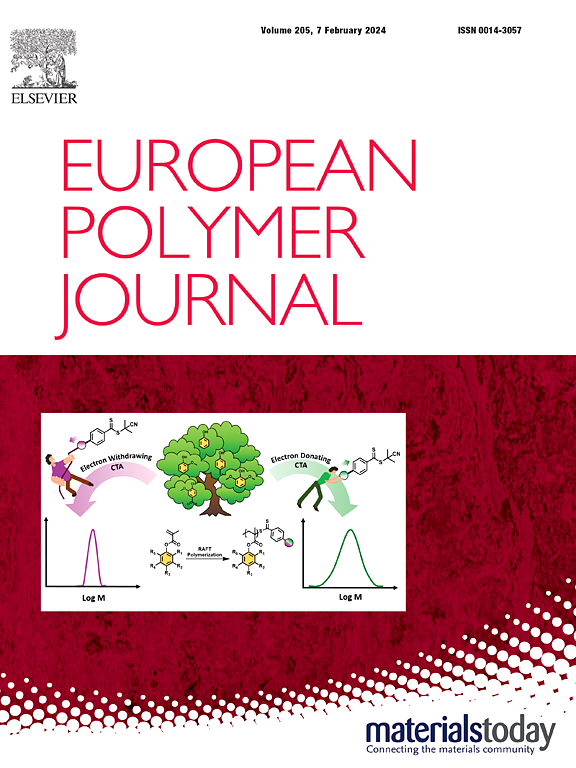Design and Diverse applications of versatile hierarchically highly porous PolyHIPEs towards promising substrates for site directed immunosensor
IF 5.8
2区 化学
Q1 POLYMER SCIENCE
引用次数: 0
Abstract
In the recent years, solid foams synthesized from high internal phase emulsion HIPE, labelled as polyHIPEs, have attracted unprecedented attention since their first discovery in the 80 s. In principle, HIPEs are generated by mixing of two immiscible liquids with more than 74 % of internal phase in the presence of an adequate surfactant. Upon polymerization of the monomers in the external phase, polyHIPE with highly porous and rigid structure is formed. Accordingly, different classes of materials, ranging from co-polymers, interpenetrating polymer networks (IPN), or semi-IPN to inorganic decorated structures can be generated. It is worth noting that it is possible to transform on purpose such materials into porous and conductive carbon foams by pyrolysis. Moreover, as powerful improvement pathways in terms of selectivity and sensitivity, several approaches and procedures for immobilizing task-specific recognition functions as thin layer onto the surface of polyHIPE based materials have been used. This set of polyHIPE derived materials have been applied to a wide spectrum of applications, such as, separation and gas storage, catalysis and biomedical application among others. Via this review, our utmost aim is to highlight recent advancements in the understanding of different aspects of polyHIPE as promising sensing platforms for development of electrochemical sensors and biosensors.

求助全文
约1分钟内获得全文
求助全文
来源期刊

European Polymer Journal
化学-高分子科学
CiteScore
9.90
自引率
10.00%
发文量
691
审稿时长
23 days
期刊介绍:
European Polymer Journal is dedicated to publishing work on fundamental and applied polymer chemistry and macromolecular materials. The journal covers all aspects of polymer synthesis, including polymerization mechanisms and chemical functional transformations, with a focus on novel polymers and the relationships between molecular structure and polymer properties. In addition, we welcome submissions on bio-based or renewable polymers, stimuli-responsive systems and polymer bio-hybrids. European Polymer Journal also publishes research on the biomedical application of polymers, including drug delivery and regenerative medicine. The main scope is covered but not limited to the following core research areas:
Polymer synthesis and functionalization
• Novel synthetic routes for polymerization, functional modification, controlled/living polymerization and precision polymers.
Stimuli-responsive polymers
• Including shape memory and self-healing polymers.
Supramolecular polymers and self-assembly
• Molecular recognition and higher order polymer structures.
Renewable and sustainable polymers
• Bio-based, biodegradable and anti-microbial polymers and polymeric bio-nanocomposites.
Polymers at interfaces and surfaces
• Chemistry and engineering of surfaces with biological relevance, including patterning, antifouling polymers and polymers for membrane applications.
Biomedical applications and nanomedicine
• Polymers for regenerative medicine, drug delivery molecular release and gene therapy
The scope of European Polymer Journal no longer includes Polymer Physics.
 求助内容:
求助内容: 应助结果提醒方式:
应助结果提醒方式:


